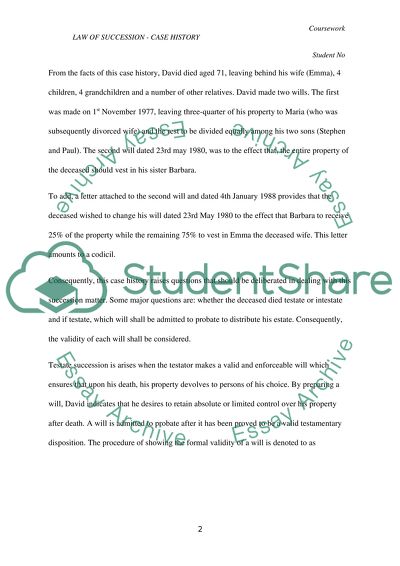Cite this document
(“LAW OF SUCCESSION - CASE HISTORY FOR ASSIGNMENT”, n.d.)
Retrieved from https://studentshare.org/law/1398604-law-of-succession-case-history-for-assignment
Retrieved from https://studentshare.org/law/1398604-law-of-succession-case-history-for-assignment
(LAW OF SUCCESSION - CASE HISTORY FOR ASSIGNMENT)
https://studentshare.org/law/1398604-law-of-succession-case-history-for-assignment.
https://studentshare.org/law/1398604-law-of-succession-case-history-for-assignment.
“LAW OF SUCCESSION - CASE HISTORY FOR ASSIGNMENT”, n.d. https://studentshare.org/law/1398604-law-of-succession-case-history-for-assignment.


